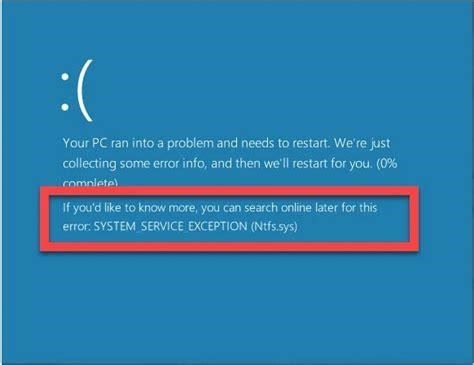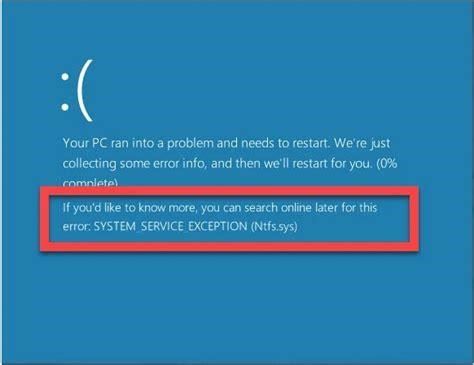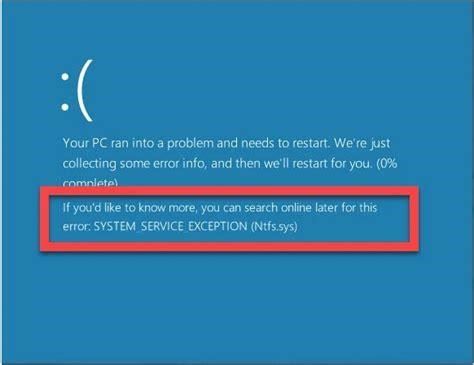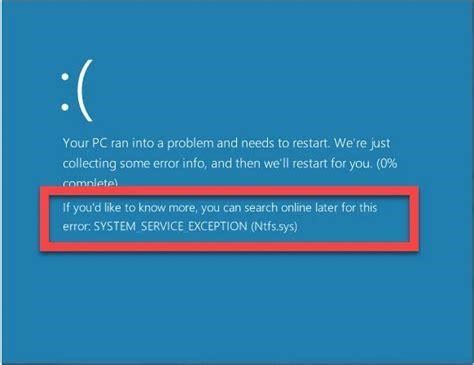Resolving “Access is Denied” When Enabling Windows Update
Having Windows Update disabled can be convenient for avoiding disruptive installations. However, it often becomes necessary to re-enable the service for downloading apps or critical security patches. A frustrating error many encounter is "Access is denied" when trying to start the Windows Update service.
This comprehensive guide examines the leading causes and most effective solutions for circumventing the "Access is denied" roadblock. Follow along as we walk through proven methods to get Windows Update back up and running.
Why Does “Access is Denied” Occur?
There are a few common culprits responsible for the "Access is denied" error message:
-
Registry permissions– The registry keys related to the Windows Update service require Full Control access. Third-party tools that disable the service often revoke this access.
How do I know if updates are disabled?
What do you mean by Updates are disabled? Go to Settings>Update and Security>Check for updates. If you cannot see the Check for updatesbutton, can you please send a screenshot of that page? This might help: Turning on Automatic Updates for Microsoft Windows 10 (cyber.gov.au)
How to enable automatic updates in Windows 10?
If you want to enable automatic updates again, you simply have to delete the WindowsUpdate key with its sub keys. This is what the REG file below will do when you double-click it. Windows Registry Editor Version 5.00 [-HKEY_LOCAL_MACHINE\SOFTWARE\Policies\Microsoft\Windows\WindowsUpdate]
-
Security programs– Overzealous antivirus or firewall software may block access to the service. Disabling these temporarily can reveal if they are the cause.
-
Corrupted files– Important system files the service relies on may have become damaged. Resetting Windows Update components can restore them.
-
Incorrect service permissions– Even with the proper registry permissions, the service itself may lack the necessary access privileges.
-
Malware infection– Viruses and malware may modify permissions to prevent the service from starting.
Now that we know the usual suspects, let’s explore solutions for overcoming each one.
Granting Full Registry Control
Lacking permissions in the Windows Registry is the most common source of the "Access is denied" error. Here are the steps to provide Full Control:
-
Open Registry Editor by pressing Windows key + R and enteringregedit.
-
Navigate toComputer\HKEY_LOCAL_MACHINE\SYSTEM\CurrentControlSet\Services\wuauserv.
-
Right-click onwuauservand selectPermissions.
Can I upgrade from Windows 10 to Windows 11?
Users running Windows 10 can upgrade to Windows 11 multiple ways. Before you upgrade though, you might need to first ensure your system is compatible. Microsoft has made that easy by providing information from within the Windows Settings app in the Windows Update section.
How do I remove Windows Update Assistant from Windows 10?
Scroll Down to Windows Update Service and click on it, Stop service and set to Disabled. Now it should clear the queue of Version and other Updates until you turn it back on and Check again. Uninstall Upgrade Assistant InSettings > Apps & Features. Clear out any Upgrade folders in C: drive root including C:\$Windows.~BT.
-
ClickAdvancedand thenAdd.
-
EnterEveryoneand clickOK.
-
CheckFull Controlunder Basic Permissions.
-
ClickOKto apply changes.
With this complete, you can check if the Windows Update service starts without issue. If the problem persists, move on to the next solutions.
Checking for Security Program Conflicts
Overprotective antivirus or firewall tools may identify the Windows Update service as a threat and block access. To check for interference:
-
Temporarily disable any security programs.
-
Try starting the Windows Update service.
-
If successful, re-enable security apps one by one until identifying the problematic program. Exclude the service from scanning.
-
Alternatively, uninstalling the security app may be required if exclusions are not possible.
Resetting Windows Update Components
If corrupted system files are preventing Windows Update from starting, resetting the components may restore the necessary files. Microsoft provides instructions for resetting Windows Update components via the command line.
How do I check if Windows 11 is up-to-date?
In Settings, choose “Windows Update” in the sidebar. In Windows Update settings, click the “Check for Updates” button. If your Windows 11 installation is fully up-to-date, you’ll see a message that says “You’re up to date” on the Windows Update screen in Settings. If that’s the case, you can close Settings safely and keep using your PC as usual.
How do I check if Windows 10 has been updated?
In these versions of Windows, Windows Update is included as an applet in Control Panel, complete with configuration options, update history, and lots more. Just open Control Panel and then choose Windows Update . Select Check for updates to check for new, uninstalled updates.
This retains user settings while reinstalling Windows Update files and settings to their original state. After resetting, attempt to enable the service again.
Adjusting Service Permissions
Even with proper registry permissions, the Windows Update service itself may not have the correct access. To modify:
-
Right-click the Windows Update service and selectProperties.
-
Navigate to theLog Ontab.
-
CheckAllow service to interact with desktopand clickOK.
-
Open Windows services and retry starting Windows Update.
This grants the necessary privileges for the service to start successfully.
Scanning for Malware
Finally, malicious software may modify Windows Update permissions to prevent updates for nefarious purposes. Running a thorough antivirus scan can uncover and remove any infections responsible.
Some highly-rated tools include Malwarebytes, Microsoft Defender, and Bitdefender. Schedule regular scans to keep malware from sabotaging system services.
Automated Repair with System Tools
If the above troubleshooting fails to resolve “Access is denied,” specialized system utilities offer automated repair of Windows Update and other system errors.
How do I enable/disable check for updates in Windows 10?
You must be signed in as an administrator to be able to enable or disable check for updates. Disabling “Check for updates” will not affect Windows 10 from automatically downloading and installing updates. Local Group Policy Editor is only available in the Windows 10 Pro, Enterprise, and Education editions. All editions can use Option Two below. 1.
What happens if I disable Windows Update?
If you disable the Windows Update service, Windows will no longer be able to automatically download and install updates. When you are ready to download and install updates, you will need to enable and start the Windows Update service again, then check for updates. This option will work in all Windows 10 editions.
How do I update Windows 10 to the latest version?
To check for updates now, select the Start button, and then go to Settings > Windows Update, and select Check for updates. You may also wish to visit your device manufacturer’s support site for any additional drivers that may be needed. Note:Drivers for Surface devices may be found on the Download drivers and firmware for Surface page.
How to stop Windows 10 updates?
1. Open the Settings app in Windows 10 by clicking the Start button and selecting the gear icon. When the Settings window opens, click Update & security. 2. Select Windows Update in the left-hand menu. To turn off automatic updates for one week, click the Pause updates for 7 days option . 3.
FortectMac Washing Machine X9 is designed to detect and fix all kinds of system problems with just one click. It can quickly grant necessary permissions, restore corrupted files, remove harmful programs, and get Windows Update operational again.
The easy-to-use interface makes FortectMac Washing Machine X9 accessible even for less technical users. The convenience of automated repair makes system maintenance simple.
Stay Up-to-Date and Running Smoothly
While disabling Windows Update offers some benefits, periodically re-enabling the service ensures you get the latest security patches, application updates, and operating system improvements.
Using the solutions outlined above, you can troubleshoot "Access is denied" errors and keep Windows Update enabled for a smoothly running system. Let us know in the comments if you found these tips helpful or have your own fix to share!
How long can I disable automatic Windows 10 updates?
You can only disable updates for 35 days at a time. You’ll have to repeat the process to further delay updates. This article explains how to temporarily disable automatic updates for Windows 10. Instructions apply to Microsoft Windows 10.




